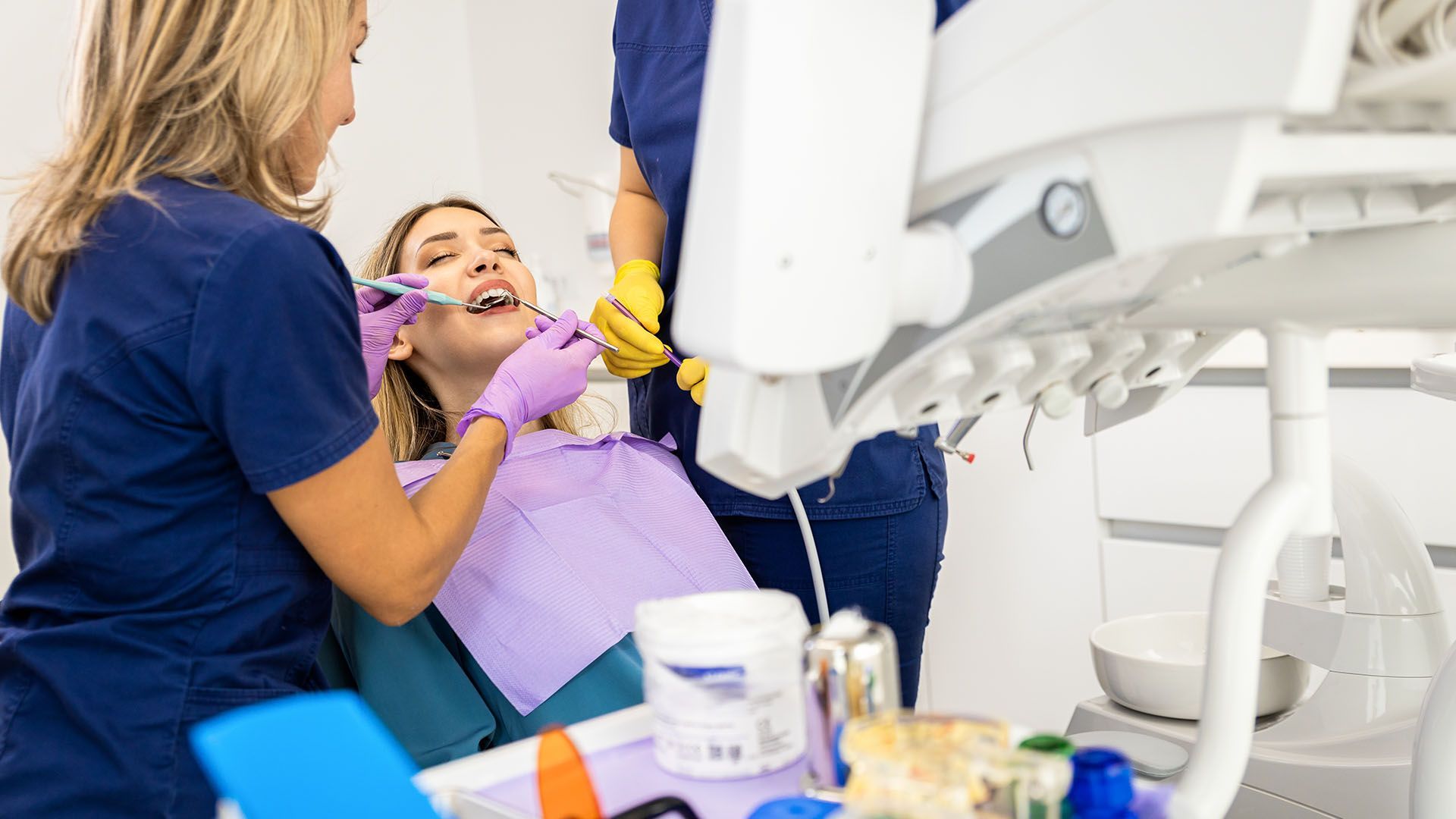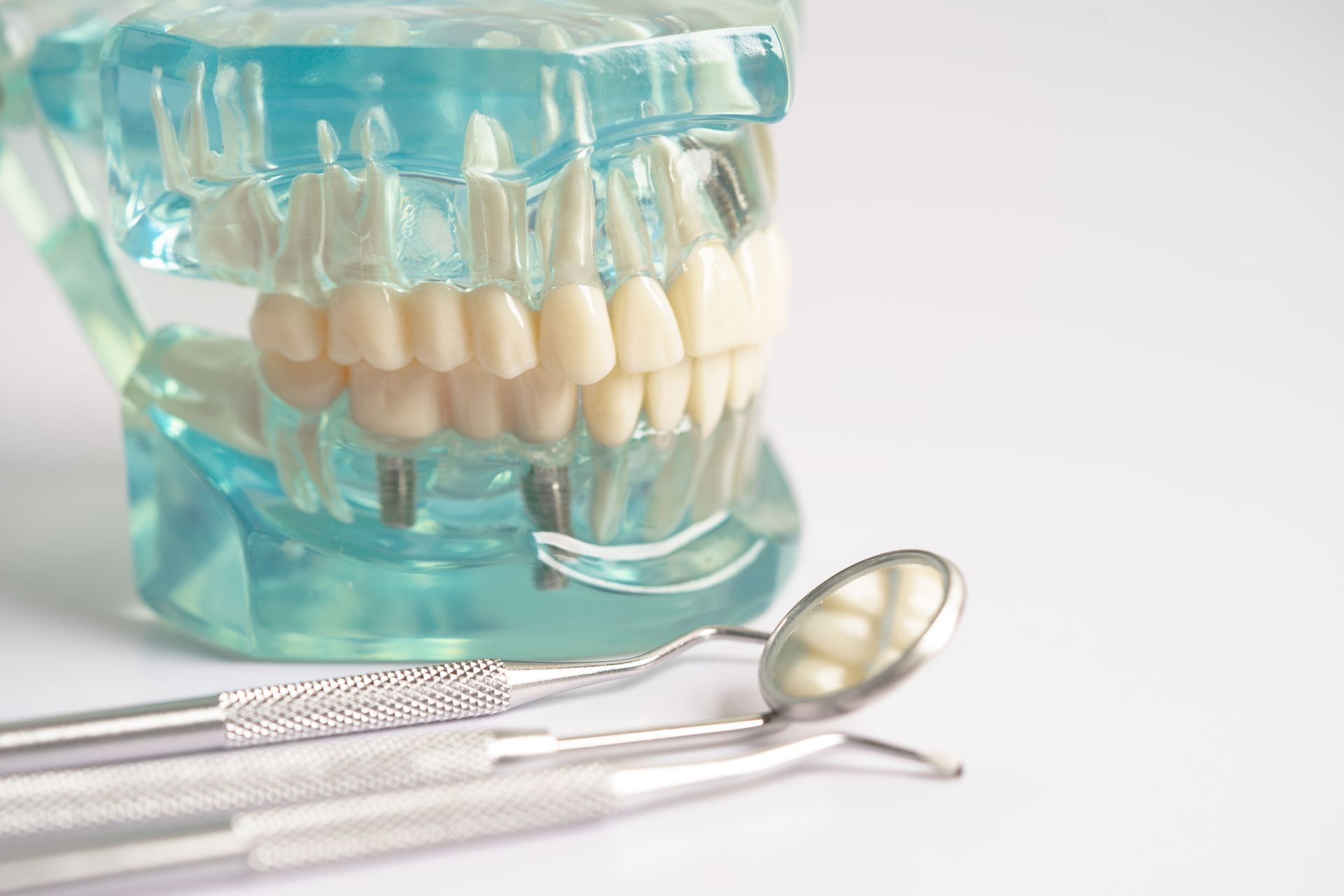How to Soothe Pain from Wisdom Teeth: 12 Dentist-Approved Remedies

Reviewed by the West Valley Dental clinical team. We help patients with wisdom-tooth problems every week, and our advice follows current guidance from reputable sources like the American Dental Association (ADA), FDA, NHS, and Cleveland Clinic. This guide gives you clear, safe steps you can use today—and explains when to call a dentist for care.
Instant Relief: Quick-Start Checklist
Do these first for fast, temporary wisdom tooth pain relief:
- Cold compress (15–20 min on, 20 min off) to reduce swelling.
- Warm saltwater rinse (½ tsp salt in 8 oz warm water) 3–4×/day. Spit—don’t swallow.
- OTC pain reliever: An NSAID (ibuprofen/naproxen) is usually most helpful for dental inflammation; acetaminophen can help, and the two can be used together when taken
only as labeled. Avoid aspirin on the gums
- Topical oral anesthetic (short-term): A small amount of benzocaine gel can numb the area. Use per label; do not use in children <2.
- Soft foods & hydration (yogurt, smoothies, eggs, oatmeal). Sleep with your head elevated to calm nighttime throbbing.
- Safety note about meds: Don’t exceed label doses, double up on brand names, or mix with alcohol. If you have ulcers, kidney/liver disease, are on blood thinners, or are pregnant, ask your dentist/physician before taking anything.

Why Wisdom Teeth Hurt
- Erupting vs. impacted teeth: When wisdom teeth push through bone/gum or are stuck at an angle (impacted), tissue gets irritated and inflamed. Our wisdom teeth removal service can help if extraction is needed.
- Pericoronitis (gum-flap inflammation): A gum “hood” over a partly erupted tooth traps food/bacteria, causing swelling, tenderness, bad taste/odor, and sometimes jaw stiffness (trismus) or ear pain.
At-Home Remedies That Help
Rinses & Compresses
- Warm saltwater rinse: ½ tsp table salt in 8 oz warm water; swish 30 seconds; repeat 3–4×/day. Great after meals.
- Cold vs. warm compress:
- Use
cold in the first 24–48 hours of a flare to limit swelling.
- Use warm later to loosen tight jaw muscles. (If swelling worsens with heat, switch back to cold.)
Topicals & “Natural” Options
- Benzocaine gel (short-term): Apply a thin layer to the gum; keep away from children <2; follow label.
- Clove oil (eugenol): Can lightly numb tissue. If you try it,
dilute well in a carrier oil and dab sparingly; essential oils can irritate skin/mucosa.
- Peppermint tea bag compress (cooled) can be soothing.
- Skip tea tree oil in your mouth. Evidence is limited and irritation risk is real—don’t ingest it.
Medication Guidance (What actually works)
- Best first line:
NSAIDs (ibuprofen/naproxen). For dental pain, NSAIDs—with or without acetaminophen—are preferred over opioids in adolescents and adults.
- Ibuprofen vs. acetaminophen: Both help pain; ibuprofen also targets inflammation. Combination therapy (ibuprofen + acetaminophen) can outperform either alone—but only within label limits.
- Avoid: “Aspirin on the tooth/gum” (it can burn tissue) and mixing pain meds with alcohol.
- Pregnancy-safe options: Acetaminophen is generally preferred. Avoid NSAIDs after 20 weeks (and in the 3rd trimester) unless your OB says otherwise. Always check with your OB-GYN first.
Daily Oral Care While It Heals
- Gentle brushing around the sore gum with a soft brush; don’t skip it—plaque worsens inflammation. Regular dental cleanings and exams help prevent complications.
- Clean between teeth daily with floss or another interdental cleaner; water flossers with the ADA Seal are effective and gentle if flossing is tough.
- Irrigate trapped food under a gum flap (or, after extractions, in healing sockets) with a curved-tip syringe and warm saltwater as instructed by your dentist.
Eating, Drinking & Lifestyle
- Best soft foods: Yogurt, mashed potatoes, scrambled eggs, applesauce, smoothies (no seeds).
- Avoid: Seeds, chips, popcorn hulls, very hot/spicy foods, and alcohol while on pain meds.
- No smoking or vaping: Nicotine and suction increase swelling risk and can cause “dry socket” after extractions.
Sleep & Comfort Tips
- Elevate your head with 1–2 pillows.
- If nighttime throbbing is an issue, do a
warm saltwater rinse before bed and consider a
cold compress for 10–15 minutes.
- If you clench/grind, a
nightguard (custom or OTC) may reduce pressure on sore areas.
What Not to Do
- Don’t lance or “pop” swollen gum tissue yourself.
- Don’t smear aspirin on gums (chemical burn).
- Don’t use full-strength essential oils on mucosa.
- Avoid intense heat in the first 24 hours of a flare.
When to Call a Dentist (Red Flags)
- Fever, worsening swelling, foul taste/pus, jaw stiffness (trismus), painful swallowing, or any
trouble breathing.
- Pain that persists or keeps recurring despite home care.
These can signal infection (pericoronitis) or impaction that needs treatment. Seek urgent dental care for breathing/swallowing issues.
Our
emergency dentistry services are available for severe symptoms.
In-Office Relief Options
- Professional irrigation/cleaning under the gum flap and removal of trapped debris. Short-term antiseptics (e.g.,
chlorhexidine rinse) or antibiotics may be used when infection is present.
- Operculectomy vs. extraction:
- If the tooth is erupting into a
good position, removing the gum flap (operculectomy) can stop food trapping.
- If the tooth is
impacted/poorly positioned or infections keep returning,
extraction is usually the predictable solution. Your dentist may refer you to an
oral surgeon.
After an Extraction (If Recommended)
- Normal healing: Soreness/swelling for a few days; steady improvement over a week.
- Protect the clot: No straws, spitting, smoking, or vigorous rinsing early on. Stick to soft foods and gentle hygiene.
- Watch for dry socket: Increasing pain 2–4 days post-op, bad breath/taste—call us if this happens.
Special Considerations
- Pregnancy: Prefer acetaminophen; avoid NSAIDs after 20 weeks unless advised by your OB. Rinses and cold compresses are safe.
- Teens/orthodontic patients: Braces can trap food around erupting wisdom teeth—daily interdental cleaning and water flossers help. Learn more about our
clear ceramic braces options.
- Medical conditions/blood thinners: Always check with your dentist/physician before using NSAIDs.
Prevention & Long-Term Plan
- Routine exams & X-rays let us track wisdom teeth early.
- Consistent hygiene (brushing + interdental cleaning) lowers the risk of pericoronitis.
- Proactive removal can make sense if impaction or repeated infections are likely; your dentist will weigh risks/benefits with you.
Are You Ready?
Severe symptoms? We hold same-day or next-day openings for urgent wisdom-tooth problems. Call West Valley Dental or book online—our team will get you comfortable and explain all your options clearly.

Frequently Asked Questions
How long does wisdom tooth pain last?
Mild flare-ups may calm in a few days with home care; recurrent pain or swelling suggests trapped debris or impaction that needs treatment.
Can wisdom tooth pain come and go?
Yes—especially with a gum flap that intermittently traps food (pericoronitis). Each flare can worsen without cleaning or a definitive fix.
Will antibiotics alone fix it?
No. Antibiotics can reduce infection but don’t remove the cause (trapped debris/impaction). Local cleaning and, in many cases, operculectomy or extraction solve the problem.
Do all four need to be removed?
Not always. Decisions are case-by-case based on position, symptoms, and risk. We’ll review your X-rays and discuss options.










